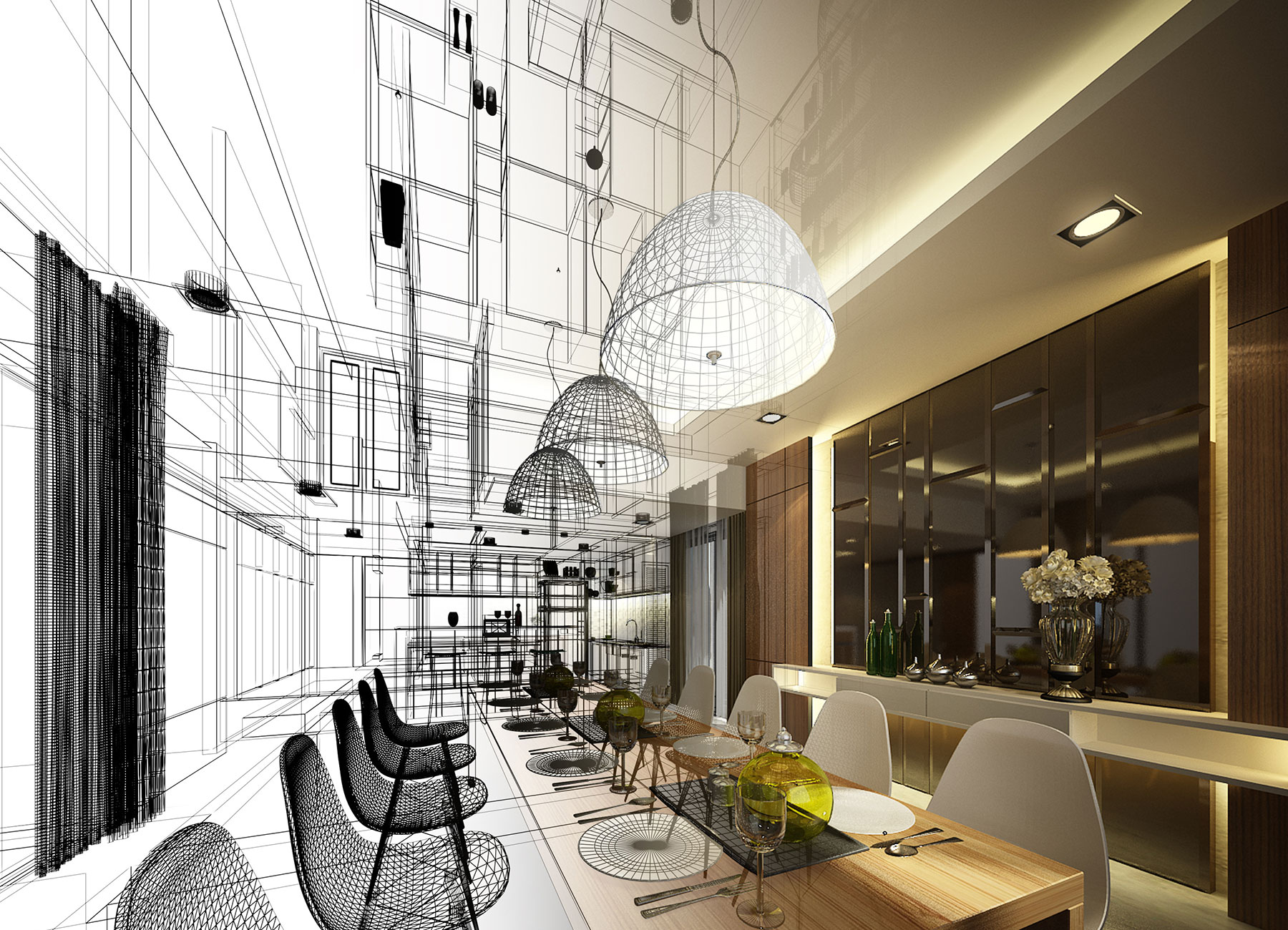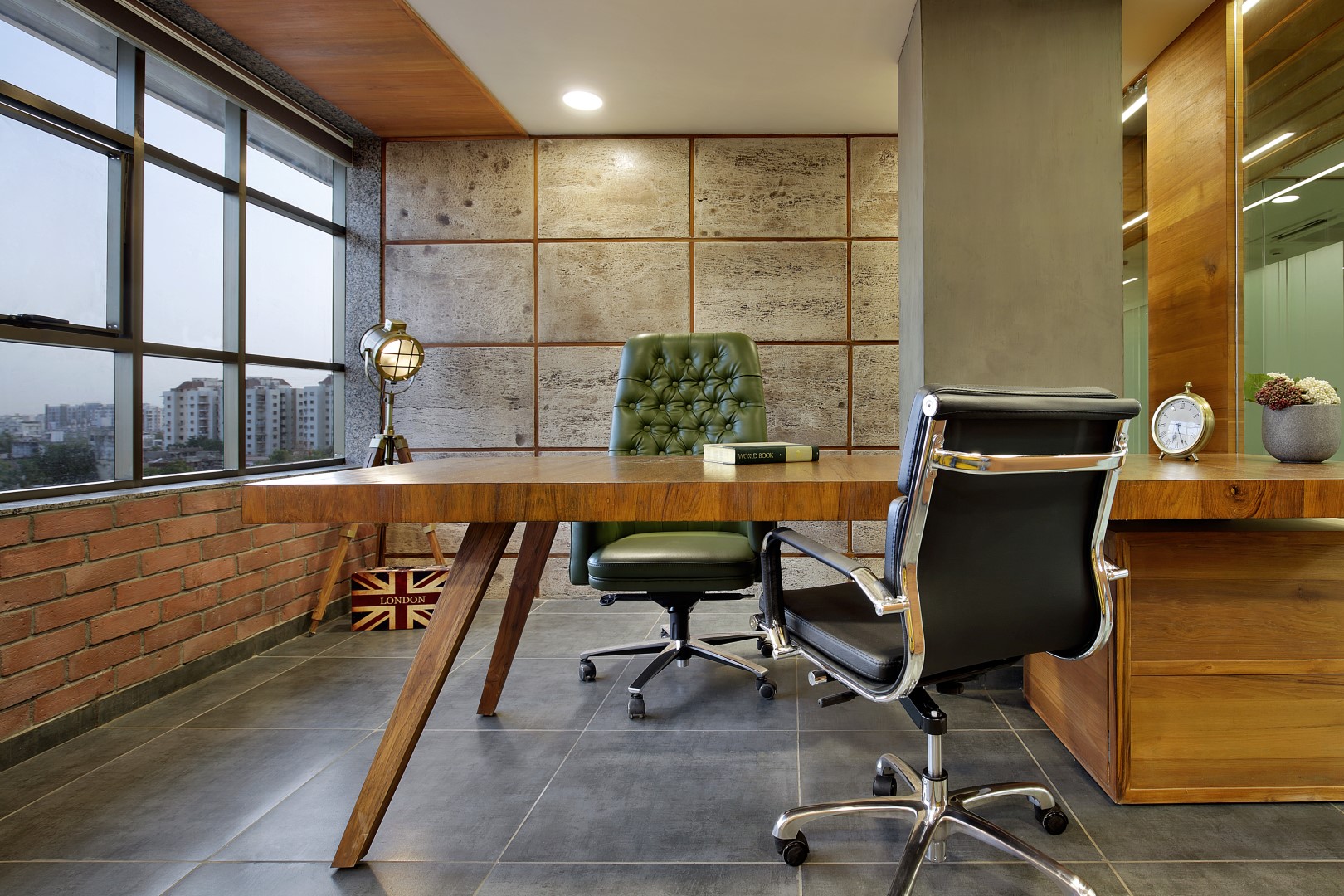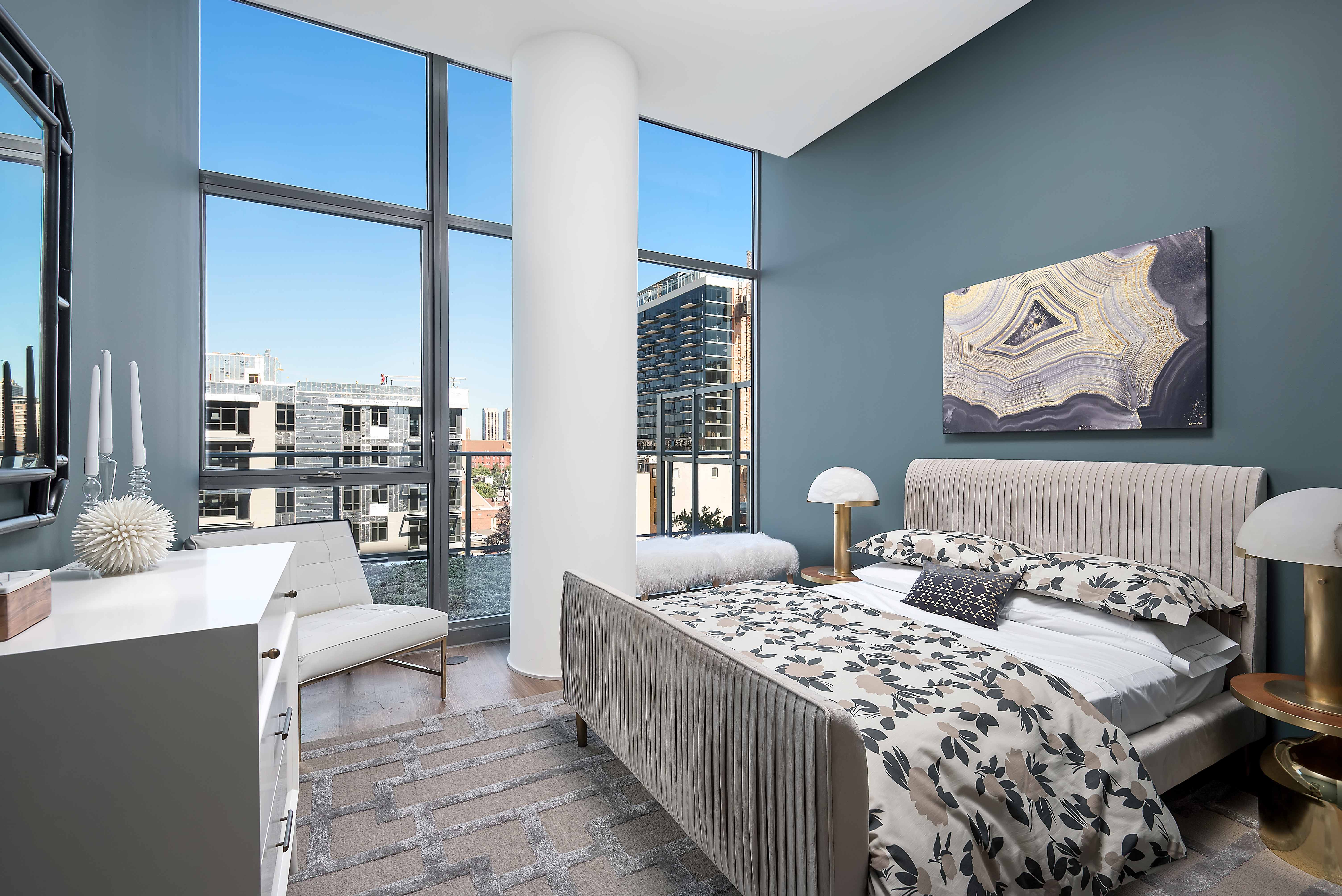Interior Design Elements: Building Interior Design

Building interior design – Interior design encompasses a myriad of elements that harmoniously coalesce to create visually captivating and functionally efficient spaces. These elements serve as the building blocks of any interior design scheme, influencing the overall ambiance, aesthetic appeal, and livability of a space.
Understanding the significance of each element is paramount in crafting a cohesive and visually appealing design. By skillfully combining these elements, designers can achieve a wide range of design styles, from classic and traditional to contemporary and eclectic.
Building interior design starts with a vision, a plan, and a budget. It’s about creating a space that is both functional and beautiful, and that reflects the personality of the people who live in it. One of the best ways to get started is to visit an interior design showroom , where you can see a variety of different styles and get ideas for your own home.
You can also talk to a designer about your needs and get help creating a plan that works for you.
Color
Color is a powerful design tool that can evoke emotions, set the mood, and create a sense of cohesion within a space. The choice of colors, their shades, and their combinations can significantly impact the overall ambiance of a room. Warm colors, such as red, orange, and yellow, tend to create a cozy and inviting atmosphere, while cool colors, such as blue, green, and purple, impart a sense of tranquility and serenity.
Color can also be used to create visual interest and draw attention to specific elements within a space. By using contrasting colors or creating color schemes, designers can highlight architectural features, accentuate furniture pieces, and establish focal points.
Building interior design requires careful consideration of every element, from the layout to the decor. By incorporating personalized home decor , you can create a space that truly reflects your unique style and personality. From custom artwork to sentimental heirlooms, these personal touches add depth and meaning to your home’s interior design, making it a sanctuary that is both aesthetically pleasing and deeply connected to you.
Functional and Aesthetic Considerations

Interior design is a delicate dance between functionality and aesthetics, where form meets function in harmonious union. Achieving this balance requires a thoughtful approach, considering both the practical needs of a space and its visual appeal.
Space planning is the cornerstone of functional design, ensuring that the space flows seamlessly and accommodates its intended use. Furniture selection plays a crucial role, with pieces chosen not only for their aesthetic appeal but also for their comfort and practicality. Lighting, too, is a powerful tool, illuminating the space while creating ambiance and enhancing its functionality.
Balancing Practicality and Beauty
The key to balancing functionality and aesthetics lies in understanding the specific needs of the space and its users. For example, a home office should prioritize comfort and ergonomics, while a living room may emphasize style and relaxation. By considering both aspects from the outset, designers can create spaces that are both visually pleasing and highly functional.
Space Planning
Effective space planning involves dividing the space into distinct zones, each serving a specific purpose. This approach ensures that the space is utilized efficiently and that traffic flows smoothly. For instance, a living room may have a designated seating area, a reading nook, and an entertainment zone.
Furniture Selection
Furniture should be chosen with both style and comfort in mind. Consider the scale of the furniture in relation to the space, and opt for pieces that are proportionate and visually appealing. Upholstery fabrics should be durable and easy to clean, especially in high-traffic areas.
Lighting
Lighting plays a multifaceted role in interior design, providing illumination, creating ambiance, and enhancing the visual appeal of the space. A combination of natural and artificial lighting is ideal, with natural light maximizing during the day and artificial light providing warmth and ambiance in the evenings.
Design Trends and Innovations

The interior design industry is constantly evolving, with new trends and innovations emerging all the time. These trends are influenced by a variety of factors, including technology, sustainability, and cultural influences. In this section, we will explore some of the latest trends and innovations in interior design and discuss their impact on the industry.
Technology
Technology is playing an increasingly important role in interior design. From smart home devices to virtual reality, technology is being used to create more comfortable, convenient, and stylish homes. Some of the most popular technology trends in interior design include:
- Smart home devices: Smart home devices, such as smart speakers, smart thermostats, and smart lighting, can be used to automate a variety of tasks in the home, making it more convenient and comfortable for residents.
- Virtual reality: Virtual reality is being used to create immersive experiences for homebuyers and designers. Potential homebuyers can use VR to tour homes remotely, while designers can use VR to create realistic renderings of their designs.
- 3D printing: 3D printing is being used to create custom furniture, décor, and even entire homes. This technology offers a unique opportunity to create one-of-a-kind pieces that are perfectly tailored to the needs of the homeowner.
Sustainability, Building interior design
Sustainability is another important trend in interior design. As people become more aware of the environmental impact of their choices, they are increasingly looking for ways to reduce their environmental footprint. Some of the most popular sustainability trends in interior design include:
- Green materials: Green materials, such as bamboo, cork, and recycled materials, are becoming increasingly popular in interior design. These materials are not only environmentally friendly, but they can also add a unique and stylish touch to a home.
- Energy-efficient appliances: Energy-efficient appliances, such as LED lighting and Energy Star-rated appliances, can help to reduce energy consumption and save money on utility bills.
- Water-saving fixtures: Water-saving fixtures, such as low-flow toilets and faucets, can help to reduce water consumption and protect the environment.
Cultural Influences
Cultural influences are also playing a role in interior design trends. As the world becomes more interconnected, people are becoming more exposed to different cultures and their unique design aesthetics. This is leading to a more eclectic and globalized approach to interior design. Some of the most popular cultural influences in interior design include:
- Scandinavian design: Scandinavian design is known for its simplicity, functionality, and use of natural materials. This style is popular in homes around the world, and it is often associated with a sense of peace and tranquility.
- Japanese design: Japanese design is known for its minimalism, attention to detail, and use of natural elements. This style is often used in homes that are small or have a limited amount of space.
- Moroccan design: Moroccan design is known for its vibrant colors, intricate patterns, and use of textiles. This style is often used in homes that want to create a sense of warmth and exoticism.